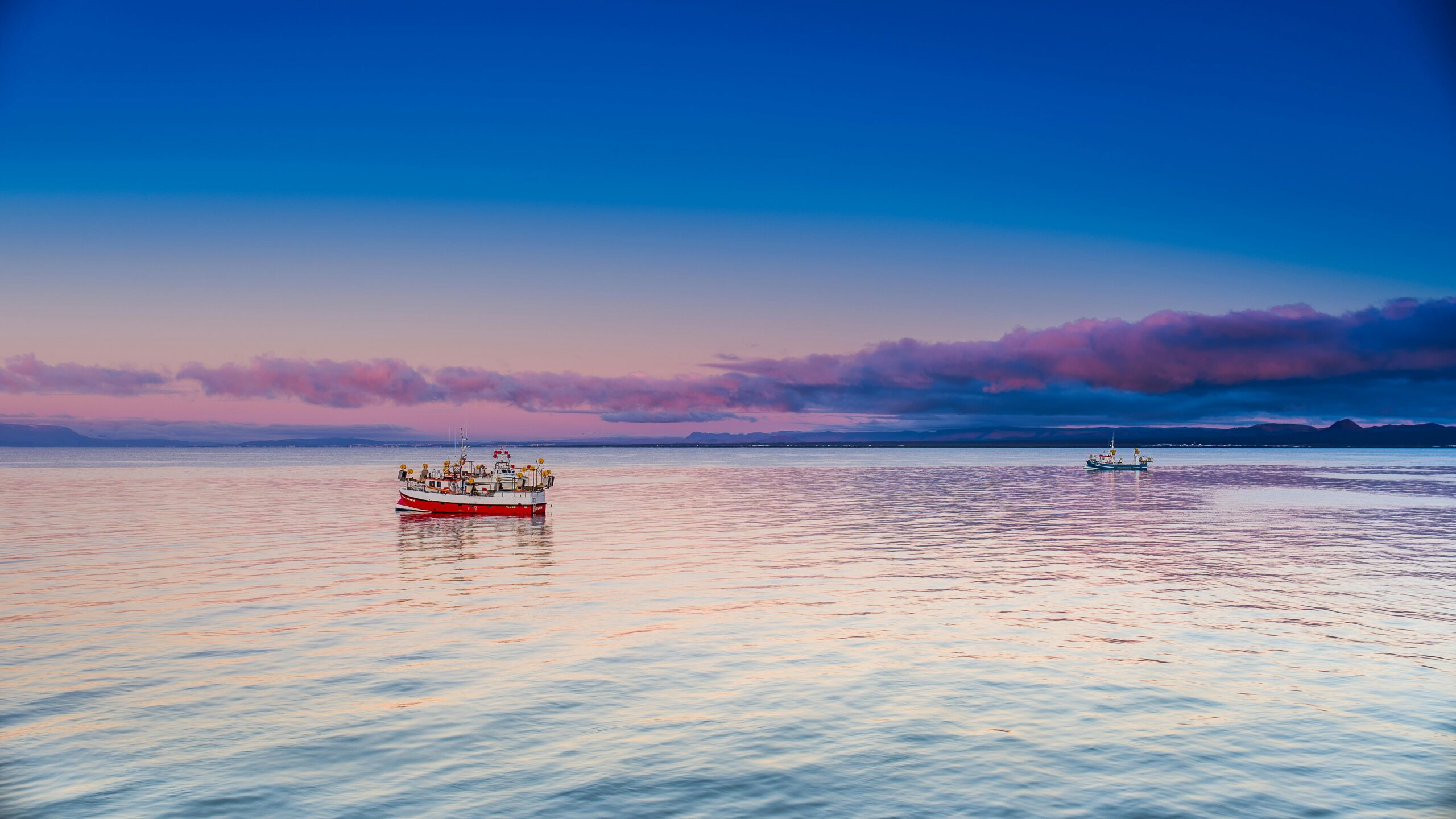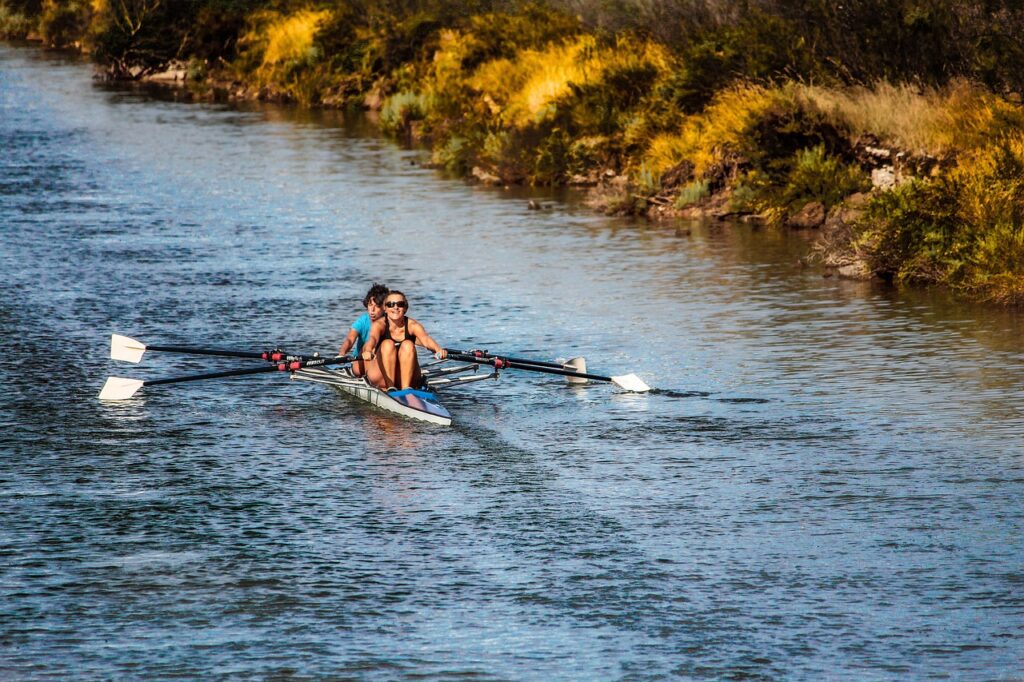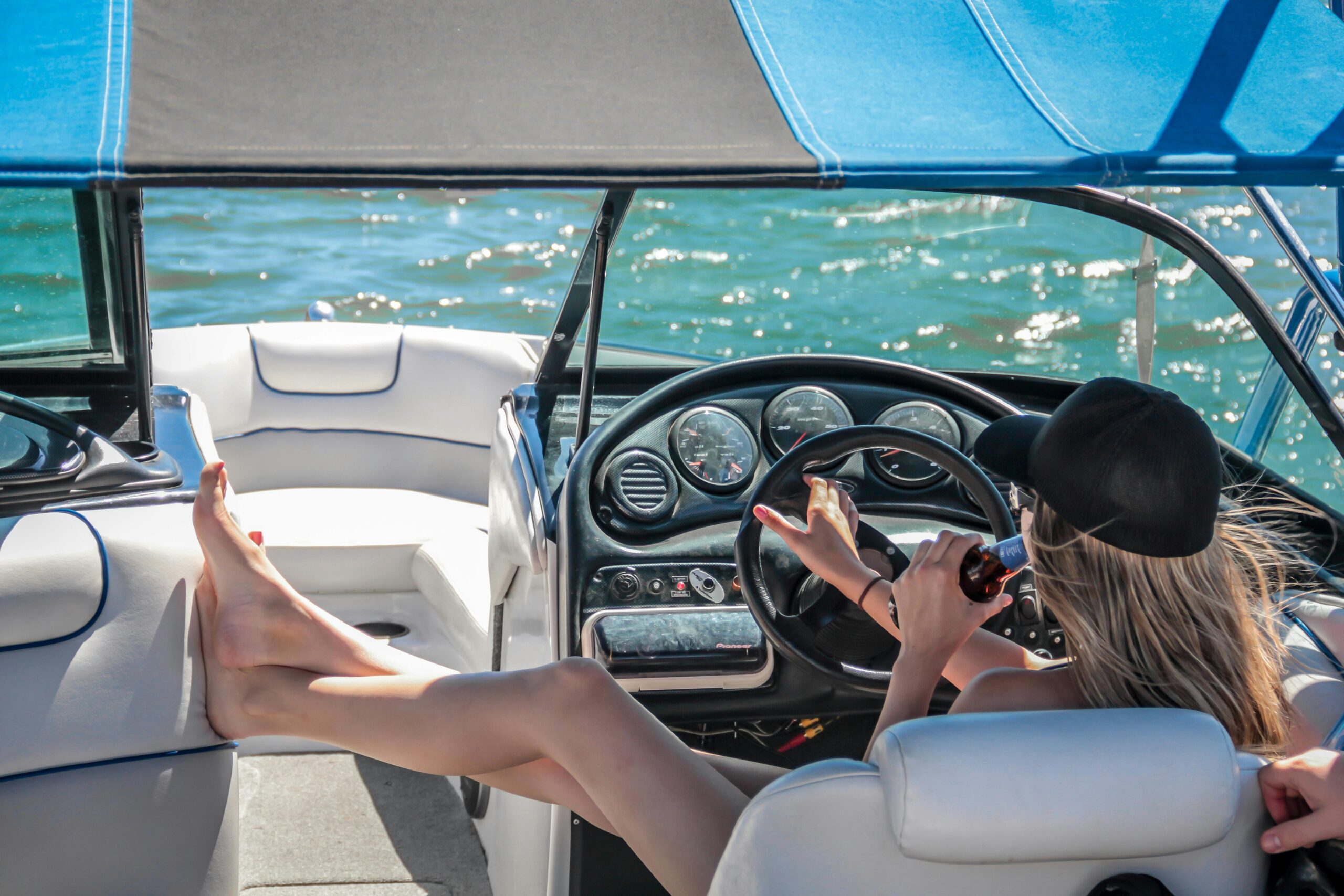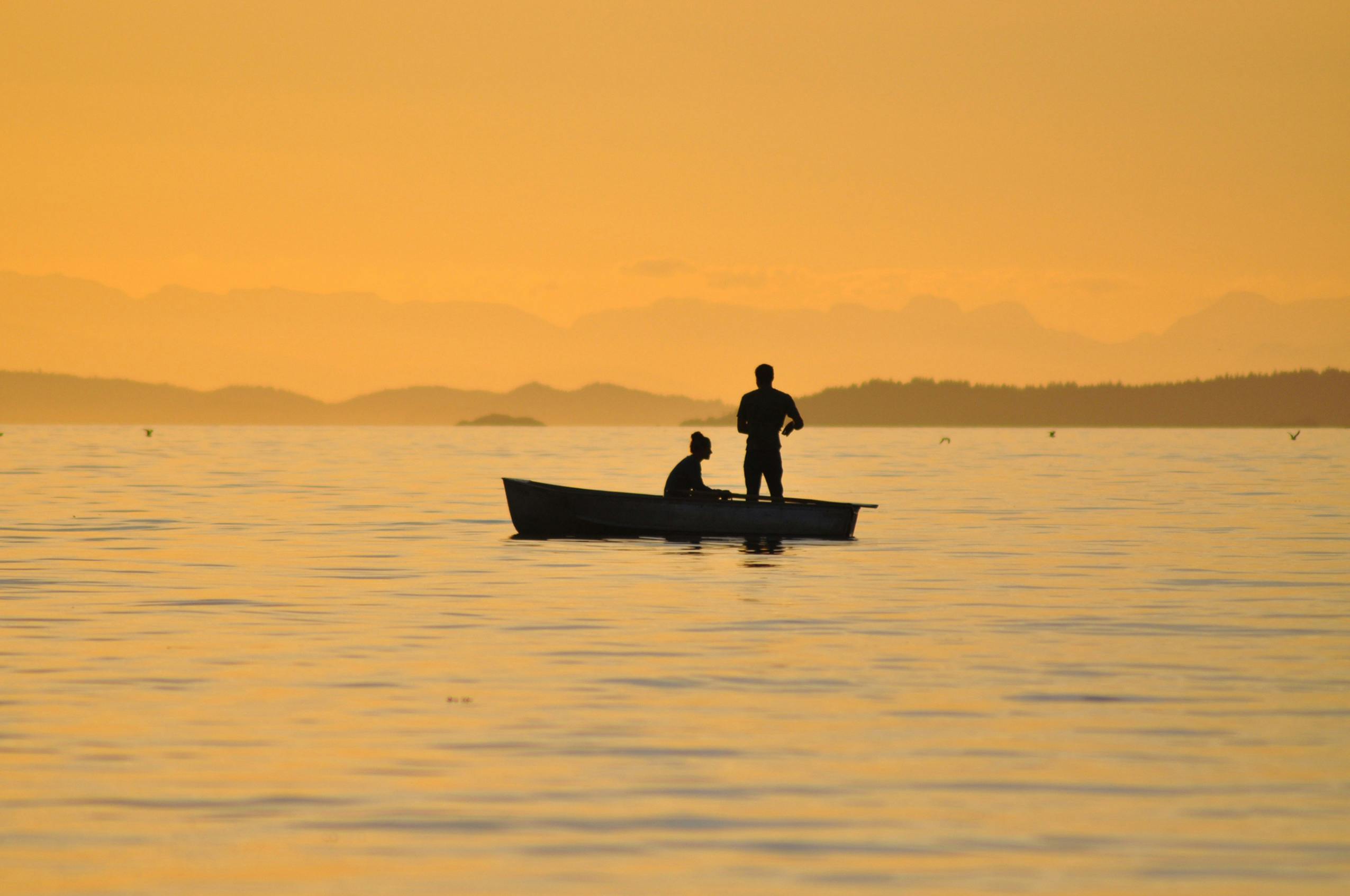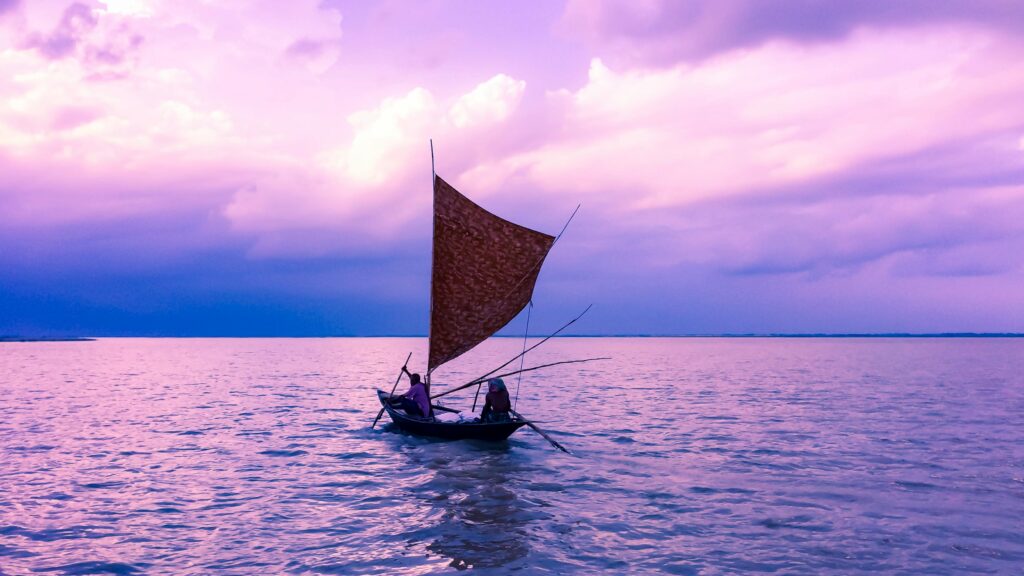Attaching and Corresponding
Fundamental Moves for Heading in a Different Path on the Water: Attaching and agreeing are two significant moves that permit you to steer your boat. Attaching includes turning the bow of the boat through the breeze while corresponding includes turning harsh through the breeze. Dominating these procedures is pivotal for successful cruising. Understanding these terms is fundamental for clear correspondence and route on the water.
